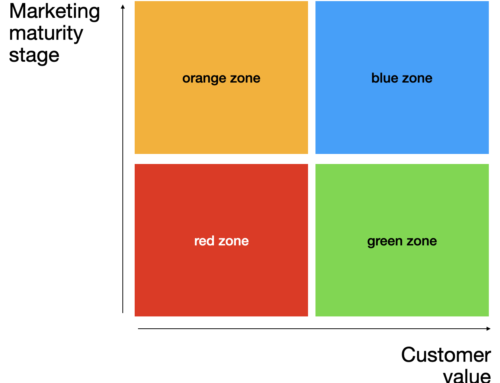It’s a very powerful word – thankyou.
Use it as a noun (ie: a thankyou), when you want to give gratitude to someone who has made a difference in your life.
Use it as a heartfelt verb, thank you, when you want to thank someone directly. For example, I would like to thank you for reading this blog post.
Either way it can create a powerfully positive experience.
So why do so few marketers include it in their marketing strategy?
As an independent consultant, I see a lot of business leaders measuring and benchmarking their marketing activity. They have a report for everything: personal scorecards, business scorecards, customer satisfaction, customer engagement, net promoter scores, return on investment (ROI), media effectiveness, and the list goes on.
And when I ask what is their strategy to improve these measures, I’m generally met with a thick pile of documents and research reports and told, “this is our plan and the current benchmarks”.
After listening I tend to sit back and ask one simple question that stops them in their tracks:
Have you ever thanked your customers and analysed the result?
 People love to be thanked and we know that it creates a powerfully positive experience. So why not thank your customers at critical points in their customer journey?
People love to be thanked and we know that it creates a powerfully positive experience. So why not thank your customers at critical points in their customer journey?
I was working on a Tier 1 global financial services client earlier this year and asked them the same question. After a few weeks of consultancy we had developed a new digital and customer lifecycle plan that also incorporated key ‘thank you’ points.
So, how to go about it?
- thank all new customers for becoming a customer. It’s common courtesy.
- thank people (including business people) for their first critical action with your product or service lifecycle. A critical action may be a first use of a B2B payment terminal, or a first e-commerce transaction, or an event attendance.
- then have a look at all the touchpoints that a customer has throughout the lifecycle of your product or service and identify the ones that mean the most to customers. Thank them at these points.
- thank people for reaching milestones based on their tenure and value to your business.
- thank people for helping your business reach a certain size, as well as great unit sales, revenue, or softer milestones.
- thank people for just being engaged with your business.
- thank people for negative feedback and do something about it. It shows that you are listening.
- thank people for positive feedback and utilise it for advocacy.
These are just a few of the ways you can start to develop a ‘thank you’ strategy. Hopefully you can build on them.
It’s also relatively low cost and will generate incredible returns. Measure it and prove it for your business.
So I’d like to thank you again for reading this latest post, and encourage you to go forth and plan your thank yous!
Barack Obama has. I just received this email.
“Friend —
I’m about to go speak to the crowd here in Chicago, but I wanted to thank you first.
I want you to know that this wasn’t fate, and it wasn’t an accident. You made this happen.
You organized yourselves block by block. You took ownership of this campaign five and ten dollars at a time. And when it wasn’t easy, you pressed forward.
I will spend the rest of my presidency honoring your support, and doing what I can to finish what we started.
But I want you to take real pride, as I do, in how we got the chance in the first place.
Today is the clearest proof yet that, against the odds, ordinary Americans can overcome powerful interests.
There’s a lot more work to do.
But for right now: Thank you.
Barack”






Leave A Comment